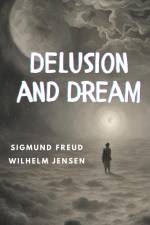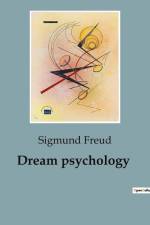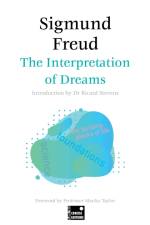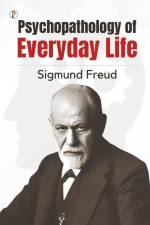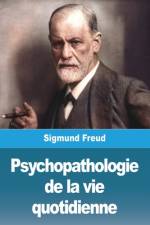av Sigmund Freud
267
La oposición entre psicología individual y psicología social o colectiva, que a primera vista puede parecernos muy profunda, pierde gran parte de su significación en cuanto la sometemos a un más detenido examen. La psicología individual se concreta, ciertamente, al hombre aislado e investiga los caminos por los que el mismo intenta alcanzar la satisfacción de sus instintos, pero sólo muy pocas veces y bajo determinadas condiciones excepcionales, le es dado prescindir de las relaciones del individuo con sus semejantes. En la vida anímica individual, aparece integrado siempre, efectivamente, «el otro», como modelo, objeto, auxiliar o adversario, y de este modo, la psicología individual es al mismo tiempo y desde un principio, psicología social, en un sentido amplio, pero plenamente justificado. Las relaciones del individuo con sus padres y hermanos, con la persona objeto de su amor y con su médico, esto es, todas aquellas que hasta ahora han sido objeto de la investigación psicoanalítica, pueden aspirar a ser consideradas como fenómenos sociales, situándose entonces en oposición a ciertos otros procesos, denominados, por nosotros, narcisistas, en los que la satisfacción de los instintos elude la influencia de otras personas o prescinde de éstas en absoluto. De este modo, la oposición entre actos anímicos sociales y narcisistas -Bleuler diría quizás: autísticos- cae dentro de los dominios de la psicología social o colectiva.


